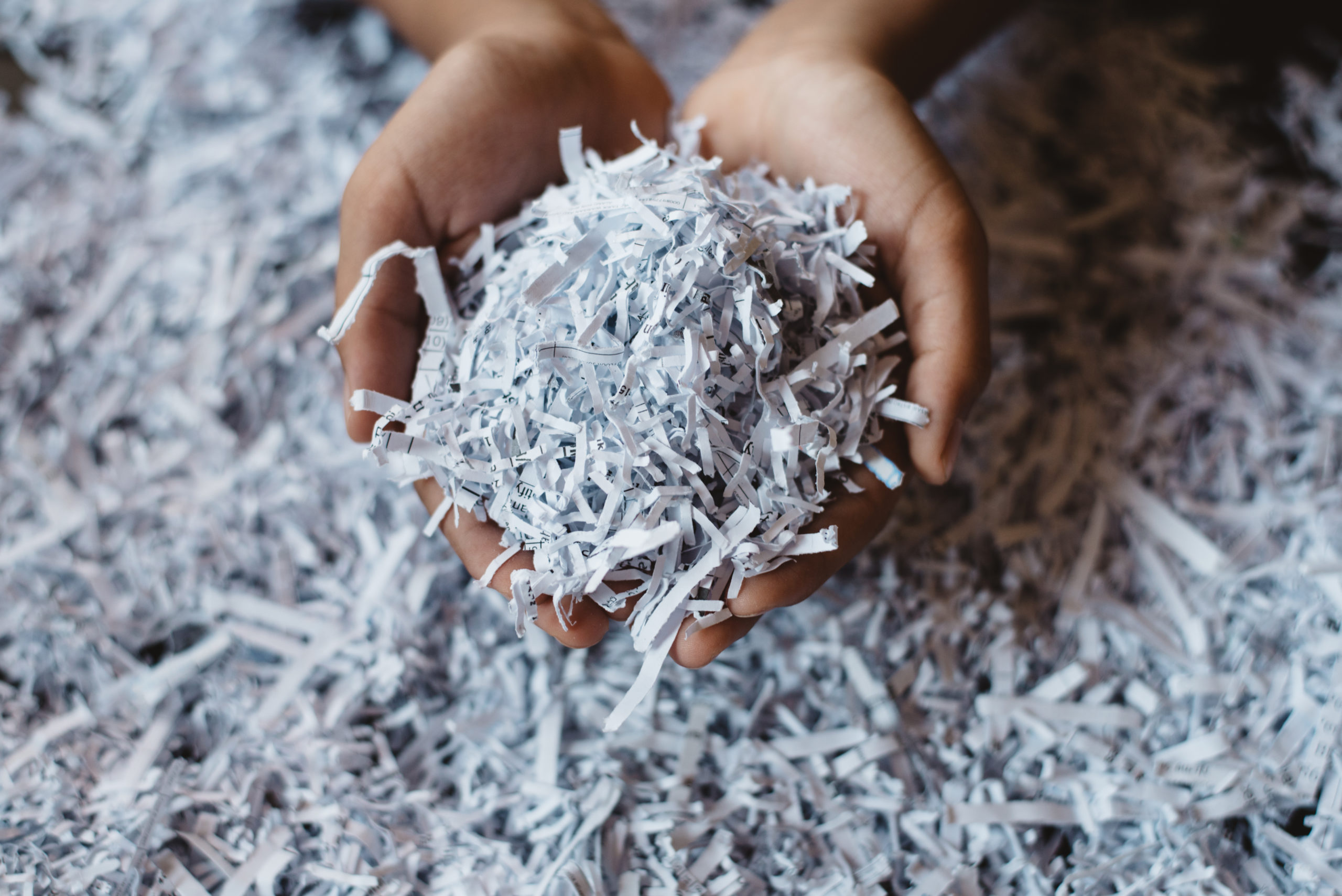Australians consume around 4 million tonnes of paper and paperboard each year. This is an amount equal to nearly 200kg per person. Let that sink in for a moment. Our consumption not just Down Under, but across the globe, is high and increasing. So now, more than ever, it’s important to do our bit to help the environment.
We’ve all heard the rule: Reduce, Reuse, Recycle. They’re the 3 practices at the very core of the conservation and protection of our planet. And while most of us understand recycling in a general sense, the science behind it might be less obvious. Read on as we explain 3 of the most significant environmental benefits of the 3 R’s, and why we should all endeavour to give our paper waste a second life.
- Recycling Reduces Greenhouse Gas Emissions & Landfill
Did you know paper has a relatively low carbon footprint? In fact, wood is one of the world’s most renewable raw materials, making our forests vital in the fight against climate change. But (and it’s a big but), this heavily relies on paper’s ability to be recycled. Because when paper is not recycled, approximately 80% ends up in our landfills where it eventually decomposes.
As paper breaks down, it produces methane, which is a greenhouse gas that contributes to climate change. Methane is extremely potent, with 25 times the heat-trapping power of carbon dioxide (aka CO2). Landfill is the single largest source of methane, so simply put, the less paper landfilled, the less methane emitted, and the better off our planet is.
As for the other 20%? It’s disposed through incineration, which is a process that produces CO2. While not as potent as methane, it’s still a serious contributor to global warming. In fact, for every tonne of recovered paper that’s converted into new recycled paperboard for packaging and other uses, 3.6 billion metric tonnes of CO2 emissions are eliminated.
So if we want to look out for our planet, we need to start reducing our waste streams, such as landfill and incineration, in order the minimise the release of methane, CO2 and other pollutants.
- Recycling Preserves Our Forests
35% of all trees chopped down are used to make paper. That’s 160sqkm of forest each and every year. So If we want to help the environment, we have to cut out (no pun intended) our misuse of trees. Trees play an important role in reducing greenhouse gases by removing and storing carbon from the atmosphere in a process called carbon sequestration. So the more trees we leave standing, the more CO2 our forests can absorb in their carbon sinks.
What makes recycled paper so good for our environment, is that it requires absolutely no trees to be produced. Recycling paper decreases the demand for new paper to be produced, which contributes to the preservation of our trees and forests. In fact, recycling 1 tonne of paper can save at least 13 trees. So you do the math on the benefits of making the switch to 100% recycled paper and ensuring the proper discarding once you’re finished with it.
- Recycling Saves Water & Energy
It takes significantly less energy to manufacture new paper out of recycled paper than it does to produce new paper from trees. According to Green America, recycled paper production uses 26% less energy. To put this into perspective, if the magazine industry alone moved 1 million tonnes of virgin fibre paper to 100% recycled, it would result in energy savings that could power 216,000 homes for an entire year.
Similarly, recycled paper production creates 43% less water waste. Using the magazine industry as a prime example again, moving 1 million tonnes of virgin fibre paper to 100% recycled would save enough water to fill over 15,000 swimming pools.
Remarkably, paper can be recycled up to 7 times before being discarded. So by using recycled paper, we can ensure existing paper gets a longer life and these precious natural resources, such as energy and water, are protected.
In Summary
Recycling your paper and paperboards cannot be ignored — especially when it wields the following results:
- Produces 39% less solid waste
- Saves 100% of the trees
- Saves 31% of energy
- Saves 53% of water
Rest assured when you partner with us for all your printing and signage needs, you’re choosing a sustainable business who follows best practices. Here at Jiffy, we always recycle our paper — and we encourage you to do the same once you’re done with your purchase from us.
Please keep in mind that in this blog post, we’ve focused solely on the benefits of recycling paper (as its kind of our wheelhouse), but there’s endless resources that can be recycled and used to manufacture new products, thereby reducing the waste we produce and our impact on the environment. Visit here for more top recycling tips.
Want to work with Jiffy? Get in touch today.

